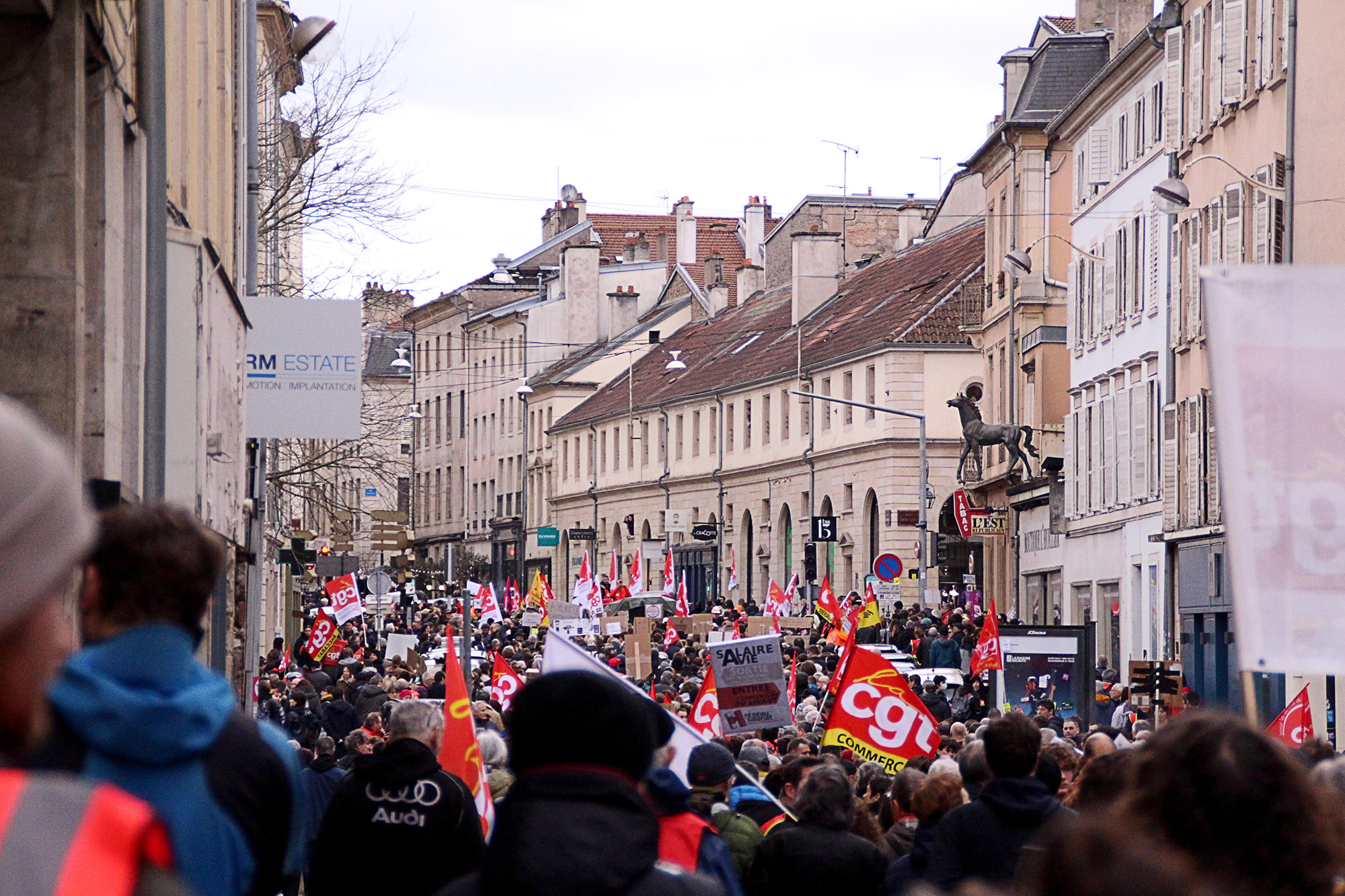Writings of protest
Audrey Gonnet zoomMy project focuses on “writings of protest”, as discussed by Philippe Artières, historian and researcher at CNRS, in his book “La Banderole”. Protest writings are writings that hold a special status due to all the affect and insurgent impact they contain. They are not for advertising or signage purposes: they are not in service of a public order, but instead they bear witness to a voice that seeks to be established, important, and taken into account by those they designate, namely the political powers of the country. Disseminating these writings is participating in ”getting the message across” and continuing the scriptural and graphic path of these proposals.
The street is a space that is shared collectively. This notion takes on its full meaning when it comes to demonstrations, to claim rights, in the streets, with outstretched arms, visible banners and signs, painted messages, drawings, writings, using slogans. The lettering moves and physically merges with the women and men who carry them. Writing for social struggle allows for personal thought to be articulated with a larger and common movement: the letter brings together and unifies a crowd behind the cardboard of signs.
In a context of popular uprising, writings are more present than ever, in the streets but also on television, in digital or printed newspapers, and on social media. This abundance of lettering creates a significant distinction between institutional writings and spontaneous writings.
The corpus from which I conducted my research consists of 604 photographs of 614 signs taken during ten demonstrations against pension reform in Nancy, from January 31, 2023, to May 1, 2023. From this corpus come analyses and graphic forms for the purpose of disseminating words and ensuring the visual persistence of lettering creations in demonstrations.

